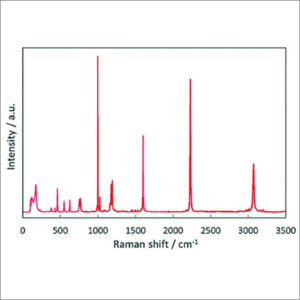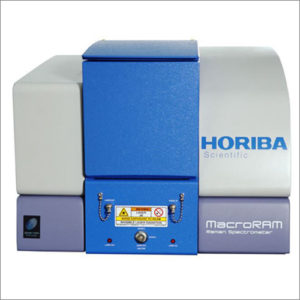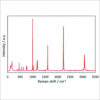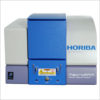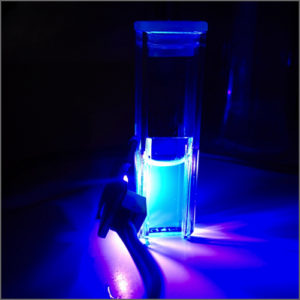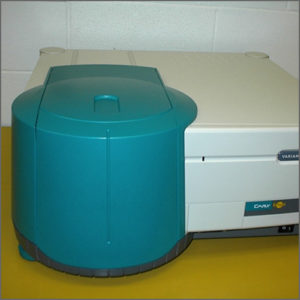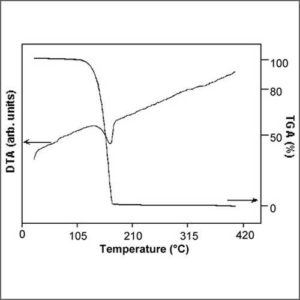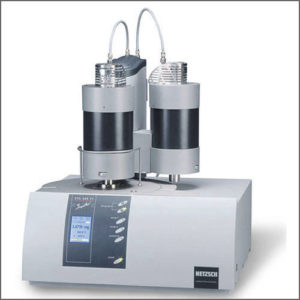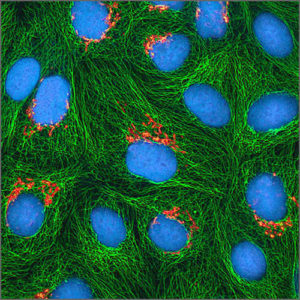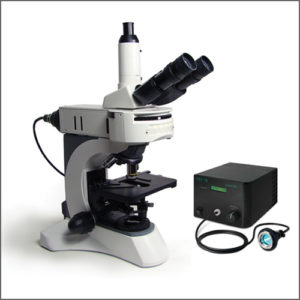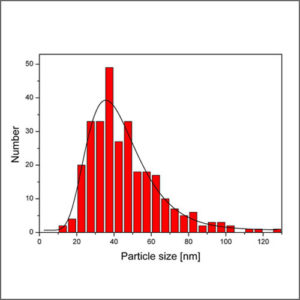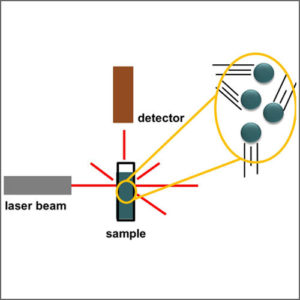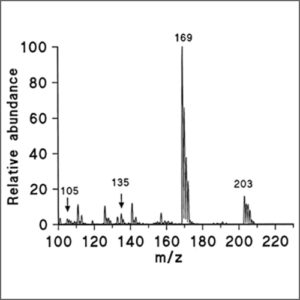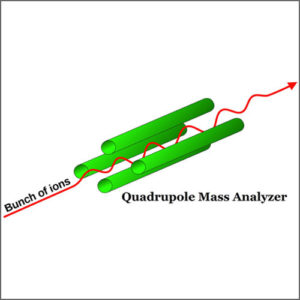Raman Spectroscopy
Raman spectroscopy is a spectroscopic technique used to identify molecules and study chemical bonding and intramolecular bonds.
- Description
| Testing Method | Raman Spectroscopy |
| Description | Raman spectroscopy is a spectroscopic technique typically used in chemistry to provide a structural fingerprint by which molecules can be identified. It is based on the interaction of incident light with the chemical bonds within a material. Material molecule will scatter incident light from a high intensity laser light source. Most of the scattered light is at the same wavelength as the laser source – this is called Rayleigh Scatter. However a small amount of light (typically 0.0000001%) is scattered at different wavelengths, which depend on the chemical structure of the material – this is called Raman Scatter.
Commonly accepted practice is to plot a Raman spectrum of “Count Rate” vs “Raman Shift”. The Raman shift is the energy difference between the incident laser light and the scattered light. This difference is then only connected to the energetic properties of the molecular vibrations studied and hence independent of the laser wavelength. The Raman shift is usually expressed in wavenumbers. The count rate is the number of events the detector registers for the respective Raman shift. It is proportional to the intensity of the light imaged to the detector. Generally, a Raman spectrum features a number of peaks, showing the intensity and wavelength position of the Raman scattered light. Each peak corresponds to a specific molecular bond vibration.
Raman and IR spectroscopy are complementary techniques used for fingerprinting of molecules. Both Raman and IR spectra result due to changes in vibration modes of molecules. However, Raman spectra result from scattering of light by vibrating molecules whereas IR spectra result from light absorption by vibrating molecules. Only those vibration modes which result in changes in the dipole moment of a module are IR active and those that result in change in polarizability are Raman active. |
| More Information | Wikipedia: Raman Spectroscopy |

